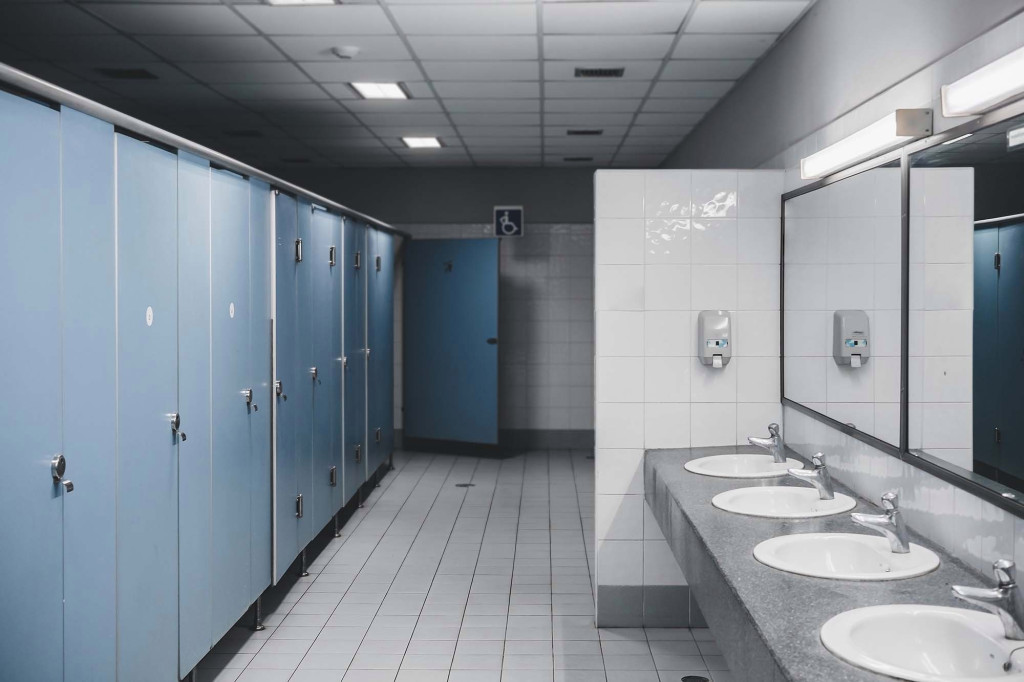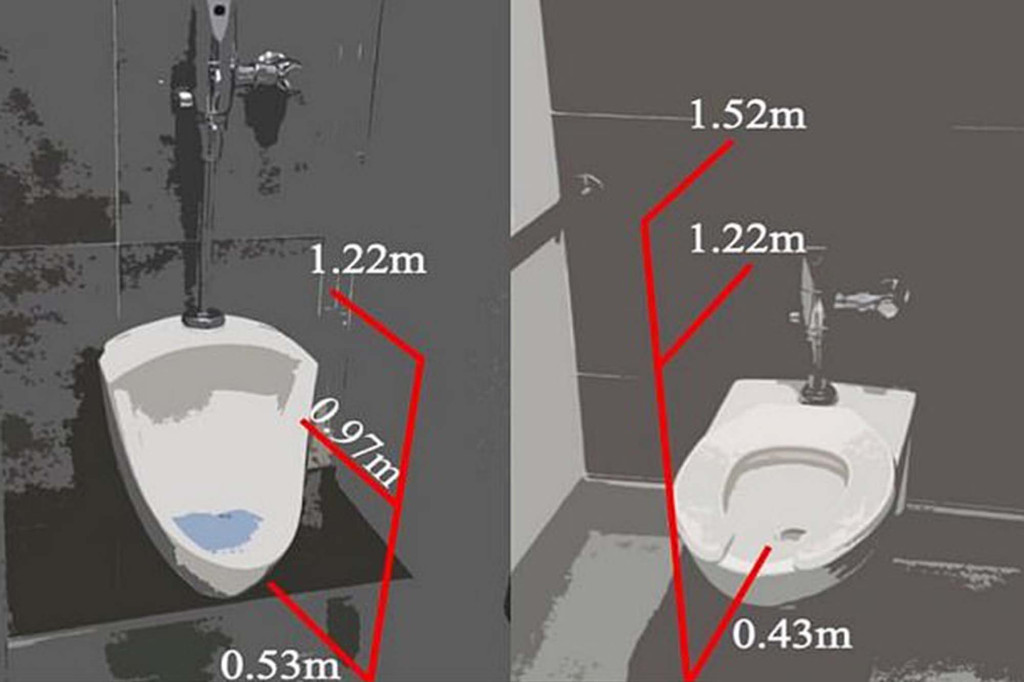Researchers find a solution to aerosol sprays that are produced in toilets at restrooms, that promise to make them more sanitary.

The following written content from Hannah Sparks
Thanks (or no thanks) to a group of engineering researchers at Florida Atlantic University, we can now see just how a flushing toilet prompts an airborne swirl of feces, urine and vomit in restrooms.
Each flush of a commode or urinal can send “tens of thousands” of diseased pathogen particles flying out of the bowl and into your purview, the new study revealed. These findings could — and should — inform on how public restroom design can be made safer, particularly during a pandemic, researchers found.
Stagnant water, especially that which marinates in public toilets, is a breeding ground for severe and deadly viruses, including Ebola and norovirus, otherwise called a “stomach bug.” SARS-CoV-2, the virus that causes COVID-19, is also known to linger in the gut, where it may get passed via urine and stool.

Researchers focused their study on public bathrooms under “real world” conditions, which sees heavy foot traffic, little ventilation and the frequent absence of toilet lids, which could help mitigate the spread of aerosols. By affixing particle counting devices around the restroom, scientists were able to capture a worrying picture of swirling pathogens, results of which have been published in the journal Physics of Fluids.
“After about three hours of tests involving more than 100 flushes, we found a substantial increase in the measured aerosol levels in the ambient environment with the total number of droplets generated in each flushing test ranging up to the tens of thousands,” said Siddhartha Verma, the study’s co-author and an assistant professor at FAU.

The team at FAU conducted these experiments under three different scenarios: open toilet flushing, closed toilet flushing and urinal flushing.
“Both the toilet and urinal generated large quantities of droplets smaller than 3 micrometers in size, posing a significant transmission risk if they contain infectious microorganisms,” Verma said, in an article for FAU’s newsdesk. “Due to their small size, these droplets can remain suspended for a long time.”
Particle counters revealed increases in airborne particles between about 70% and 200% in the moments after flushing, and that some droplets were being thrown at heights up to 5 feet — that’s face level for many — and lingering for 20 seconds or more. The closed-lid method was only marginally better, they found, which suggests that aerosolized particles could escape through cracks between the toilet seat and lid.
Gaining control over aerosolized droplets is a crucial defense against disease transmission, especially COVID-19, according to FAU researchers, who say proper ventilation is key.
“The good news is that it may not always be necessary to overhaul the entire [ventilation] system, since most buildings are designed to certain codes,” said co-author and FAU instructor Manhar Dhanak. “It might just be a matter of redirecting the airflow based on the restroom’s layout.” Read more from NY Post





